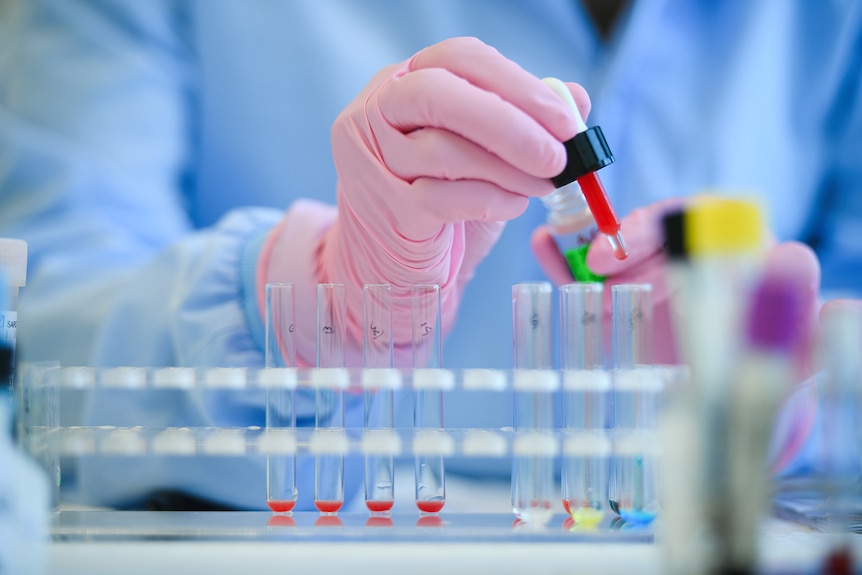Blood
Denise was fighting daily exhaustion and pain. Giving blood was the answer
Like most working mothers running on fumes, Denise Dunn spent her days fighting through fatigue.
Juggling a business in Darwin, a part-time job and two children, she thought her level of exhaustion was run of the mill — but something always felt amiss.
And then her symptoms started getting worse.
“By the time of my diagnosis, I felt as though I was 30 years older than my actual age,” she says.
Over several years, Ms Dunn visited doctor after doctor to get to the bottom of progressively worsening joint pain, fatigue and lethargy.
Test after test turned up nothing.
Finally a doctor asked if she’d been checked for an obscure disease she’d never heard of.
Most people are familiar with the classic symptoms of iron-deficiency: anaemia or feeling tired and weak.
But the flip side — an overload of iron — is rarely spoken about.
“It was a surprise — I’d never, ever heard of it before,” Ms Dunn said.
It was a breakthrough moment that changed her life completely.
Ms Dunn was diagnosed with haemochromatosis, a genetic disorder where the body stores too much iron.
It’s the most common genetic disorder in Australia.
Despite that, it often goes undiagnosed and can have life threatening impacts, such as cancer.
Luckily, the treatment is simple and can often relieve symptoms immediately.
“You just have to donate blood, which is good for me, and it’s also good for anyone needing blood because the blood is rich in iron,” Ms Dunn says.
“As soon as I started donating blood — at first once a month, for about 15 months, and then I went on to [every] three months — instantly, I would feel the relief in my joints and the tiredness would go away.”
Now a strong advocate for raising awareness of the disease, Ms Dunn says she wishes she’d been diagnosed much sooner.
Early detection is essential
Dan Johnstone, a researcher at the University of Newcastle, was in his 20s when he was looking at the effects of haemochromatosis on the brain.
At the same time, he had no idea he was suffering from the disease himself.
“It just goes to show how common it is, that someone that’s researching this day in and day out can be totally oblivious to the fact they have the condition themselves,” he says.
He says early detection is key to saving lives, cutting health costs and reducing unnecessary suffering.
“One of the challenges is that the symptoms and the signs of this condition are so non-specific,” he said.
“Lethargy, fatigue, sore joints … are symptoms that can be attributable to a whole range of different health conditions.
“[Haemochromatosis] is often the last thing a GP might look for.”
Potential links to Australia’s colonial past
Paul Adams is a professor emeritus from the Western University of London in Canada, who has been researching haemochromatosis for years.
He said he’s noticed interesting details about how it’s impacting Australians.
The genetic risk of the disease is high in Australia with about one in 200 people impacted, Professor Adams says, likely because it has an origin in European and Celtic countries.
“It could have been some of your original settlers, the people that came from Britain and went into prison, for example, [that] have carried these genes,” he said.
“You had Dutch explorers, you still have many Irish immigrants.
“These are the people that have haemochromatosis or are at risk of haemochromatosis.”
He says if left untreated the disorder can darken skin colour and develop into arthritis, cirrhosis of the liver or diabetes and can even lead to some cancers.
These global experts say if detected early it’s impacts are completely preventable.
Mr Johnston says he hears countless stories of people who’ve developed terminal cancers and other life-threatening conditions because they missed out on an early diagnosis.
“And they think, ‘If only I had known 10 years earlier that this was the cause of it … I could have done something”” he said.
“These are the cases that break your heart.”
Got a health story from the Northern Territory?
Loading…
If you can’t see this form, you can fill it in instead here.

